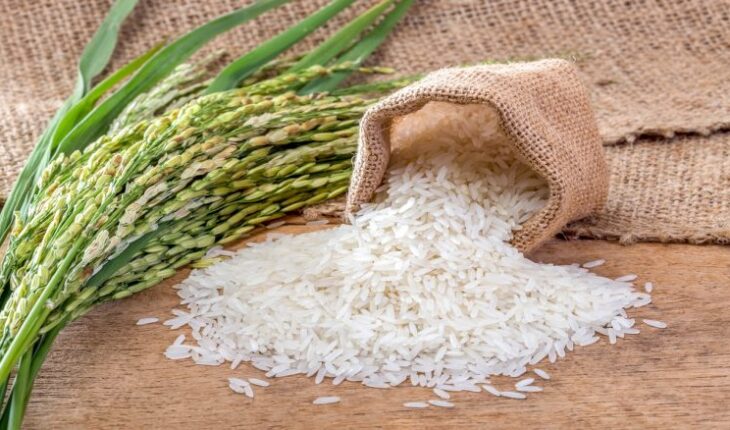New Delhi : In a significant shift in the domestic rice market, prices have surged by 10-15 per cent following the Indian government’s recent decision to withdraw export curbs on non-basmati rice.
This move, announced on September 28, has coincided with a sharp increase in global demand for Indian rice, even as international rice prices have seen a decline of up to 15 per cent.
The government’s measures exempted non-basmati white rice from export duties and reduced the levy on parboiled rice to 10 per cent. This duty cut came swiftly after the government removed the minimum export price for basmati rice.
Such actions have been implemented at a time when India is sitting on ample rice stockpiles in government godowns, indicating a strategic maneuver to boost exports and capitalise on rising global demand.
Global rice prices had previously soared to their highest in over 15 years following India’s decision last year to ban white rice exports and impose a 20 per cent duty on parboiled rice.
Now, with India re-entering the global market, competitors like Thailand and Vietnam are responding by adjusting their prices.
Suraj Agarwal, CEO of RiceVilla, noted, “Prices of a certain variety of Thai rice, which was selling at USD 800 per tonne, have come down to USD 710 per tonne over the last few days. There is price pressure on rice supplied to global markets from Thailand, Vietnam, and the Philippines as India has opened up its exports.”
India has historically held a substantial 45 per cent share of the global rice market, with top export destinations including Iran, Saudi Arabia, China, Benin, and the United Arab Emirates.
However, the recent rise in domestic prices may challenge consumers, especially with the festive season approaching, amid rising costs of edible oils, vegetables, and other agricultural products.
Keshab Kumar Halder, managing director of HVL, an exporter of parboiled rice, emphasised that “domestic prices of rice will remain firm until the new crop comes in.
The global demand for rice is huge.” This sentiment is reflected in the rising prices of popular varieties; for example, the price of Swarna rice, a staple exported to Africa and other regions, has increased from Rs 35 per kg to Rs 41 per kg in just a week.
Overall, the recent policy shifts by the Indian government have created a complex scenario: while opening the floodgates for exports, they may inadvertently strain domestic consumers with rising prices in the short term. As the market adjusts, all eyes will be on how these changes will impact rice availability and affordability in India during this crucial festive period.





